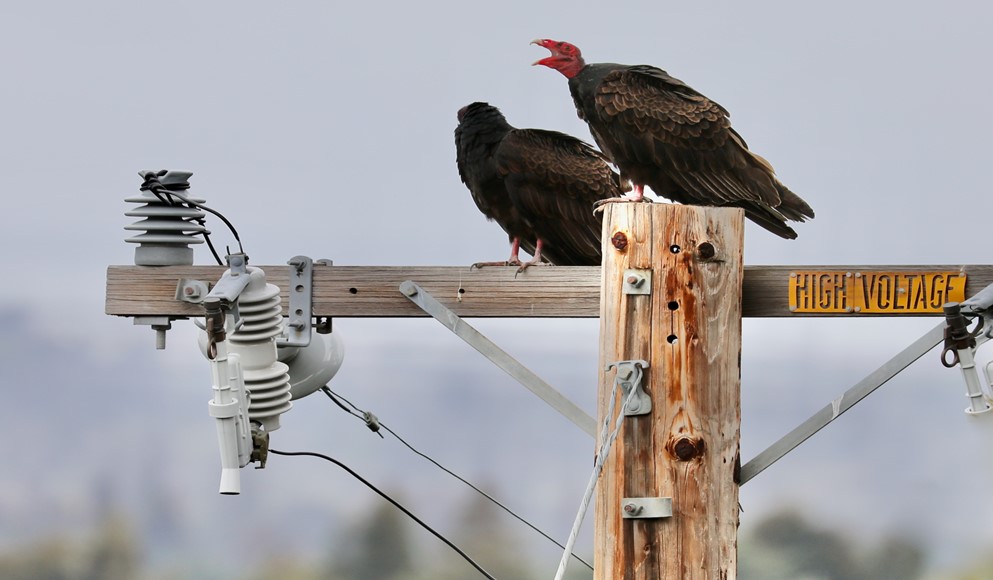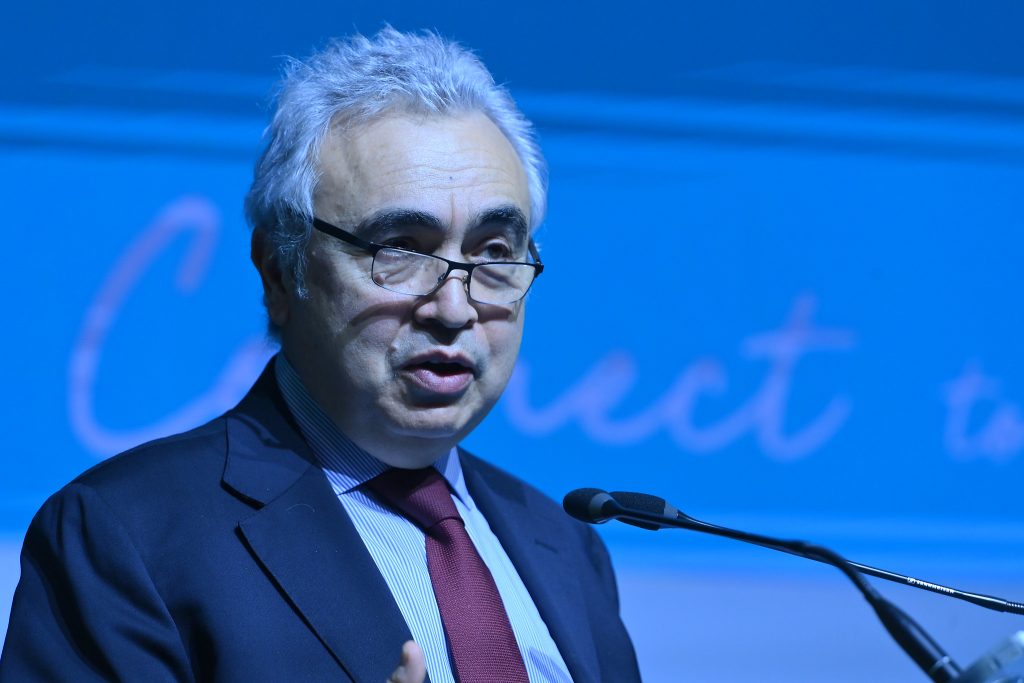Calgary-based Tourmaline Oil Corp (TSX: TOU) has announced its acquisition of Crew Energy Inc. in a significant move that’s set to reshape the Canadian natural gas landscape. This strategic buyout, valued at approximately $1.3 billion, marks a pivotal moment in Tourmaline’s Northeast British Columbia (NEBC) consolidation strategy and solidifies its position as a dominant player in the Montney formation.
The deal, expected to close in early October 2024, will see Tourmaline issue 18.778 million common shares and assume Crew’s net debt of about $240 million. This acquisition brings substantial assets into Tourmaline’s portfolio, including a low-decline production base of 29,000 to 30,000 barrels of oil equivalent per day (boepd) and proved and probable (2P) reserves of 473.2 million boe.
One of the crown jewels in this acquisition is Crew’s extensive drilling inventory, featuring over 700 Tier 1 locations. This addition complements Tourmaline’s existing assets, potentially extending their Tier 1 inventory by four years based on a break-even natural gas price of $1.50/GJ.
Mike Rose, President & CEO of Tourmaline, expressed enthusiasm about the deal, stating, “Dale and his team at Crew have done a tremendous job over the past 21 years assembling one of the premier, concentrated Montney asset bases in NEBC, with significant upside.”
The acquisition is expected to be immediately accretive to Tourmaline’s key financial metrics, adding over $200 million to the company’s anticipated 2025 free cash flow. Tourmaline has also identified synergies with a net present value exceeding $0.6 billion at a 10% discount rate before tax.
This move aligns with Tourmaline’s broader strategy to evolve into Canada’s largest and most efficient Montney producer. The company is already the largest Alberta Deep Basin producer, and this acquisition furthers its goal of reaching 750,000 boepd production over the next five years.
In conjunction with the acquisition news, Tourmaline announced an increase in its quarterly base dividend from $0.33 to $0.35 per share, effective Q3 2024. This represents a 6% increase and continues the company’s trend of rewarding shareholders.
The transaction has received unanimous approval from both companies’ boards of directors. It’s subject to customary closing conditions, including court, Crew shareholder, and regulatory approvals. Notably, Crew’s officers, directors, and certain shareholders, representing 32% of fully diluted shares outstanding, have agreed to vote in favor of the arrangement.
As the Canadian energy sector continues to evolve, this acquisition positions Tourmaline to capitalize on the anticipated growth in North American LNG business and the increasing demand for natural gas-powered electrical generation across the continent.






